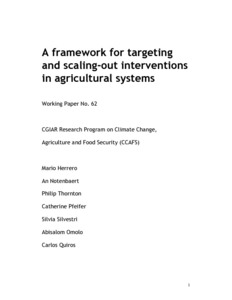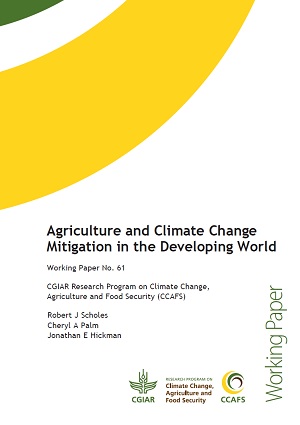The Earnings Effects of Multilateral Trade Liberalization : Implications for Poverty
Most researchers examining poverty and
multilateral trade liberalization have had to examine
average, or per capita effects, suggesting that if per
capita real income rises, poverty will fall. This inference
can be misleading. Combining results from a new
international cross-section consumption analysis with
earnings data from household surveys, this article analyzes
the implications of multilateral trade liberalization for





